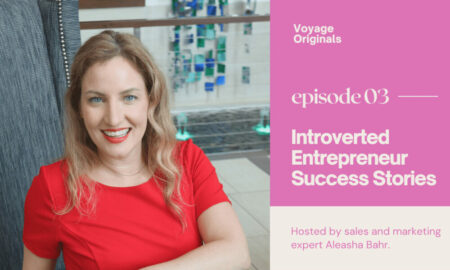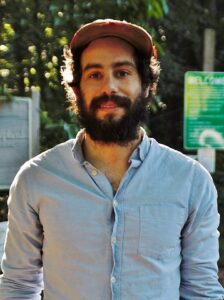
Today we’d like to introduce you to Joe Sexton.
Hi Joe, please kick things off for us with an introduction to yourself and your story.
I am the director of “Applied Community Ecology” (501c3), a small non-profit leading local conservation efforts. My story starts with a childhood experience immersed in nature. I have always had a fascination and love for the biological world, and realized early on that it needs our help.
I studied biology as an undergraduate and was very involved with research, ranging from invasive species ecology to molecular biology. I was a founding member of Georgia State University’s iGEM team (synthetic biology) and did extensive work in GSU’s applied microbiology laboratory. I went on to get my Ph.D. in microbiology at Oregon State University, where I studied the evolution of social behaviors using bacteria as a model system. I genuinely love learning new things and continue scientific work today as a microbiologist focused on emerging fungal diseases at CDC. My research experiences have helped me understand that all biological life is connected, and importantly, see how our own health depends on the health of the environment around us.
One impactful observation I’ve had along the way is that in many cases we have a wealth of science and knowledge sitting on the shelf. In these cases, the problem is often finding creative ways to implement what we already know, especially at the local level. I think this is especially true when it comes to how we manage our green spaces.
This perspective was influential for me because it pushed me to think outside of the laboratory and look for opportunities to get involved locally. I wanted to find ways to connect science and conservation and to also build community through the process. I wanted to build bridges and find creative and economically viable strategies to make a difference.
This motivated me to formalize Applied Community Ecology. We started organizing volunteer-driven restoration work at “Clyde Shepherd Nature Preserve”, a 28-acre wildlife sanctuary right here in Atlanta. This is a place I go often for walks to decompress after a long day at work and to simply be in nature. Unfortunately, likely many urban green spaces, English Ivy, privet and other ornamental plants have escaped from neighboring yards and now dominate the preserve, killing trees and suppressing native plants.
Our volunteer efforts started using manual methods, but quickly gained momentum and evolved into a sheep project. Thanks to partnerships with “Ewe Can do it Naturally” and “City Sheep and Goat”, we found economically viable ways to use sheep to help graze the English Ivy and privet across large sections of the preserve. This has really added a beautiful dimension to the project because not only do we have a sustainable and volunteer-driven strategy, but it also engages local farmers, who I think are an important part of the community and have valuable perspectives to share in the conversation about greenspace management.
One of the most exciting parts of this work has been seeing native plants like Jewelweed and Yellow Passionflower returned in greater abundance in areas previously grazed by the sheep. We’ve been fortunate to partner with some truly spectacular photographers like Josiah Patrick, “Bacon” Bonnie Dotson, Rebecca Sealand and Stephen Ramsden, who have helped document the return of these plants, the broader ecosystems they support, and the volunteer efforts behind it all.
Most recently, we’ve started participating in native plant rescues from pending developments. Seeing previously rescued plants putting out new leaves at Clyde Shepherd Nature Preserve this spring has been one of the most encouraging and heartwarming experiences. These are plants that would have been destroyed, but we have given them a second chance.
In summary, ACEcology is intended to be a vehicle for community-driven conservation. It’s incredible what we’ve accomplished in a short time by leveraging community engagement and partnerships.
I’m sure you wouldn’t say it’s been obstacle free, but so far would you say the journey have been a fairly smooth road?
In respect to ACEcology operations, the biggest challenge has been finding time and resources to meet the organization’s true potential. I think it is incredible how much we’ve accomplished with essentially no major funding. Everyone involved, including myself as the director, are involved as unpaid volunteers because we think it is important and fun to do. I’m writing this now at 1 AM because I also have a job and a family and many other demands on my time. There are so many missed opportunities, we simply don’t have the resources to do everything we want. But I think ACEcology has demonstrated a unique and effective recipe of sorts that pulls together scientists, volunteers, farmers, artists, photographers, and other community members around a common goal and we’re seeing success. It would be great to have funding to support our work and help us meet our true potential.
Appreciate you sharing that. What should we know about Applied Community Ecology (ACEcology)?
Applied Community Ecology (ACE) is a 501c3 non-profit organization looking for creative ways to bring the natural world back into our lives. We are first known for leading the “Clyde Shepherd Sheep Project”, an ecological restoration project at an urban nature preserve in Atlanta, GA. ACEcology pursues conservation goals using scientifically grounded and economically viable strategies that are driven by community partnerships and volunteer participation.
Is there a quality that you most attribute to your success?
I’m a creative dreamer with empathy and blessed with patience. As a biologist, I understand that all biological life is interconnected. This is about building bridges and bringing people together around the single common cause that unites us all. Nothing is more important than stopping the collapse of our biological world because it impacts everyone. This is really about working with and supporting others. People carry the weight of the world on their shoulders and a little empathy goes a long way. I always do my best to lift people up and be a good listener and cut people slack for having a bad day. It is truly incredible what people bring to the table, can offer others, and to the world around them when they simply have the space and positive context to do so. And this is really what ACEcology is all about. We are building bridges to restore the biological world around us, and I think restoring ourselves along the way.
For our non-profit donations: https://www.paypal.com/paypalme/communityecology
Contact Info:
- Email: joe@appliedcommunityecology.org
- Website: https://appliedcommunityecology.org/
- Instagram: https://www.instagram.com/acecology/
- Facebook: https://www.facebook.com/groups/811725085954757
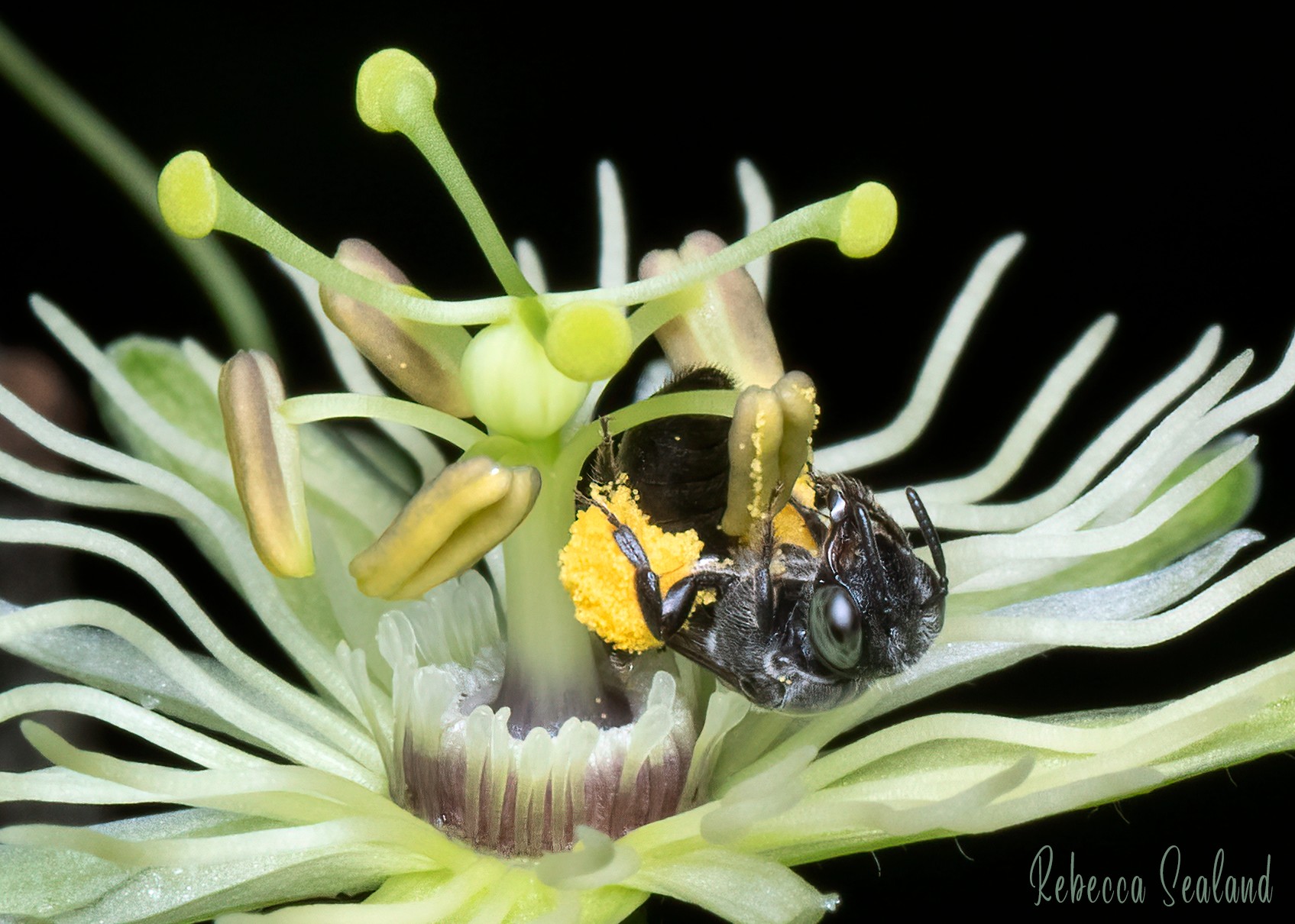
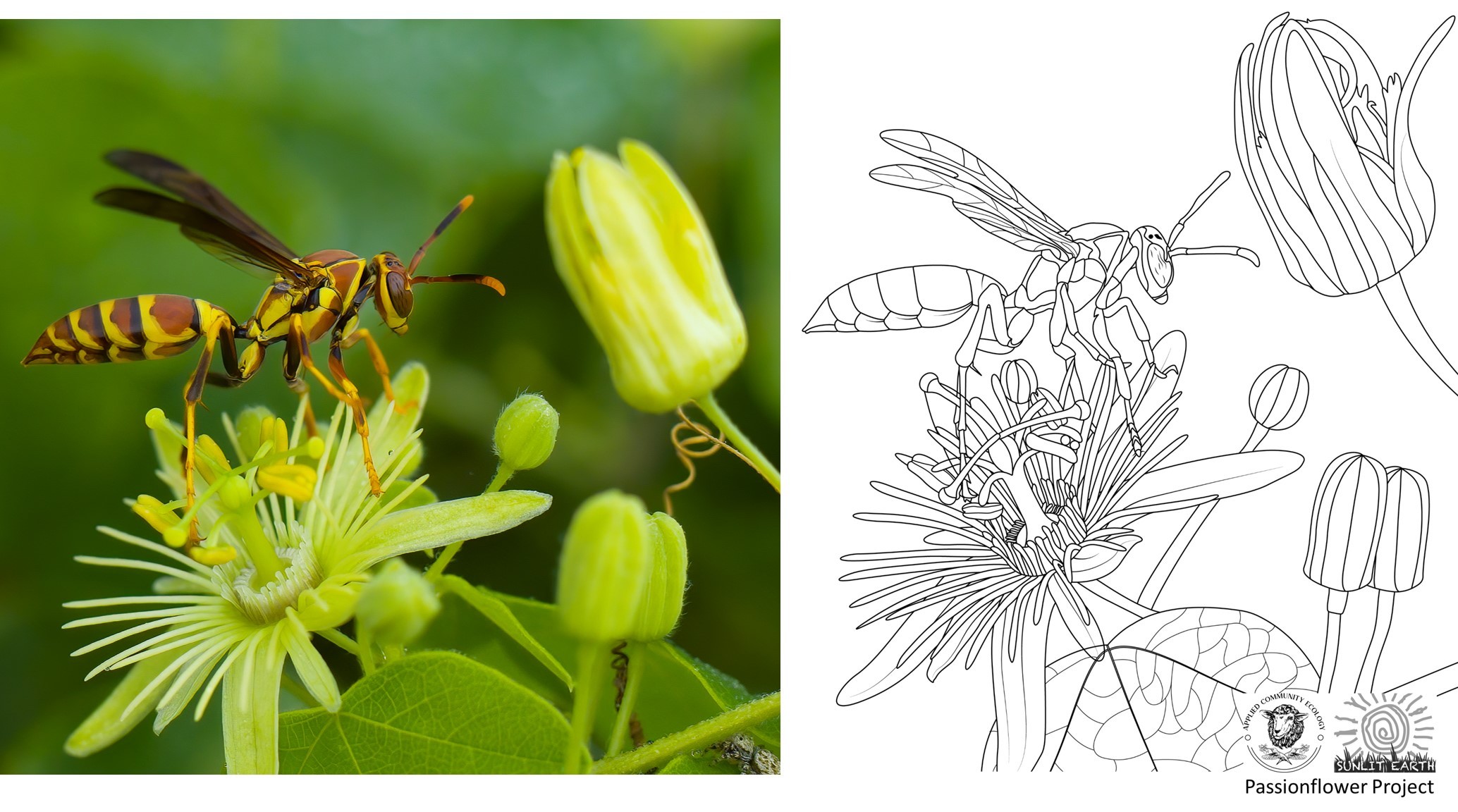
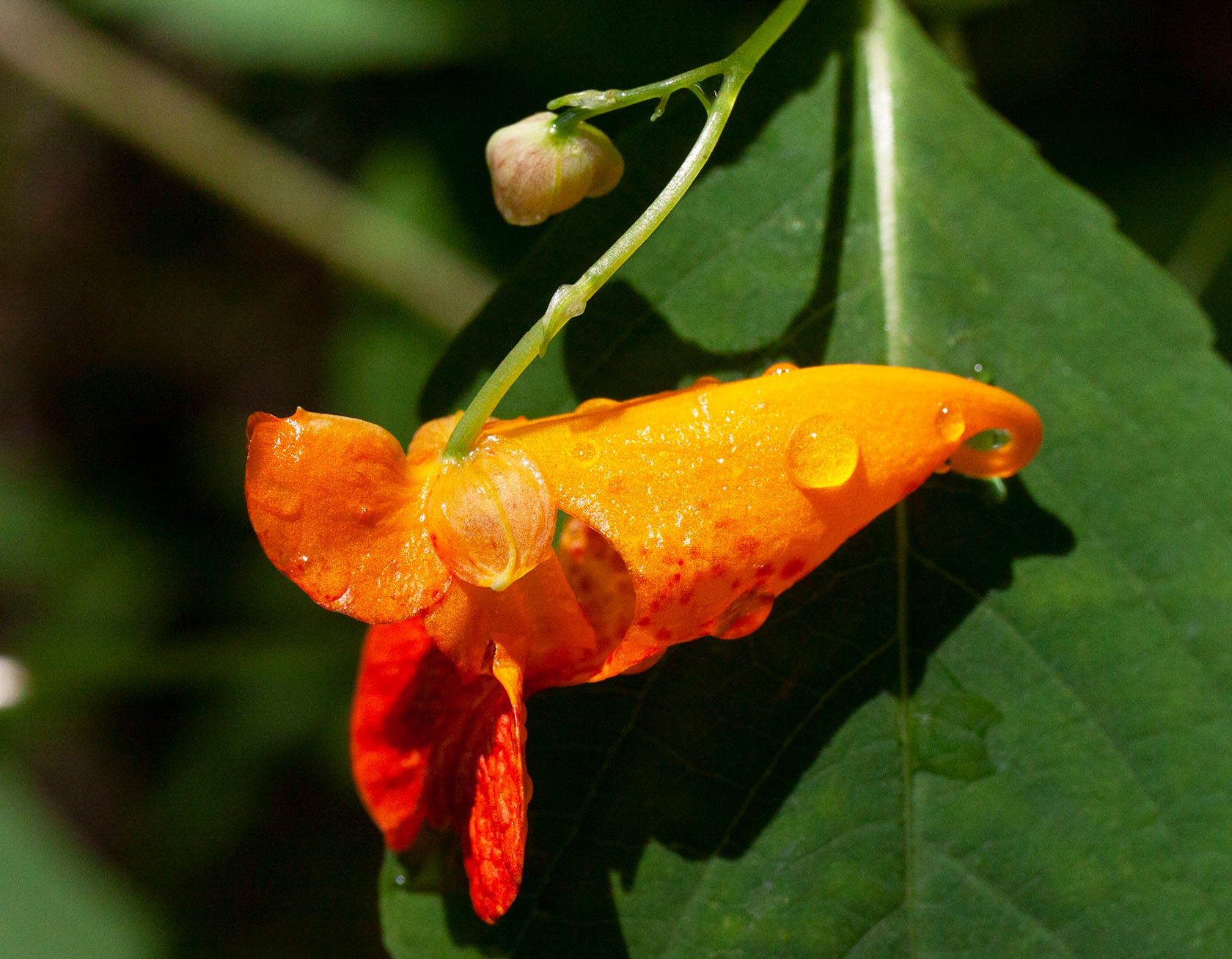
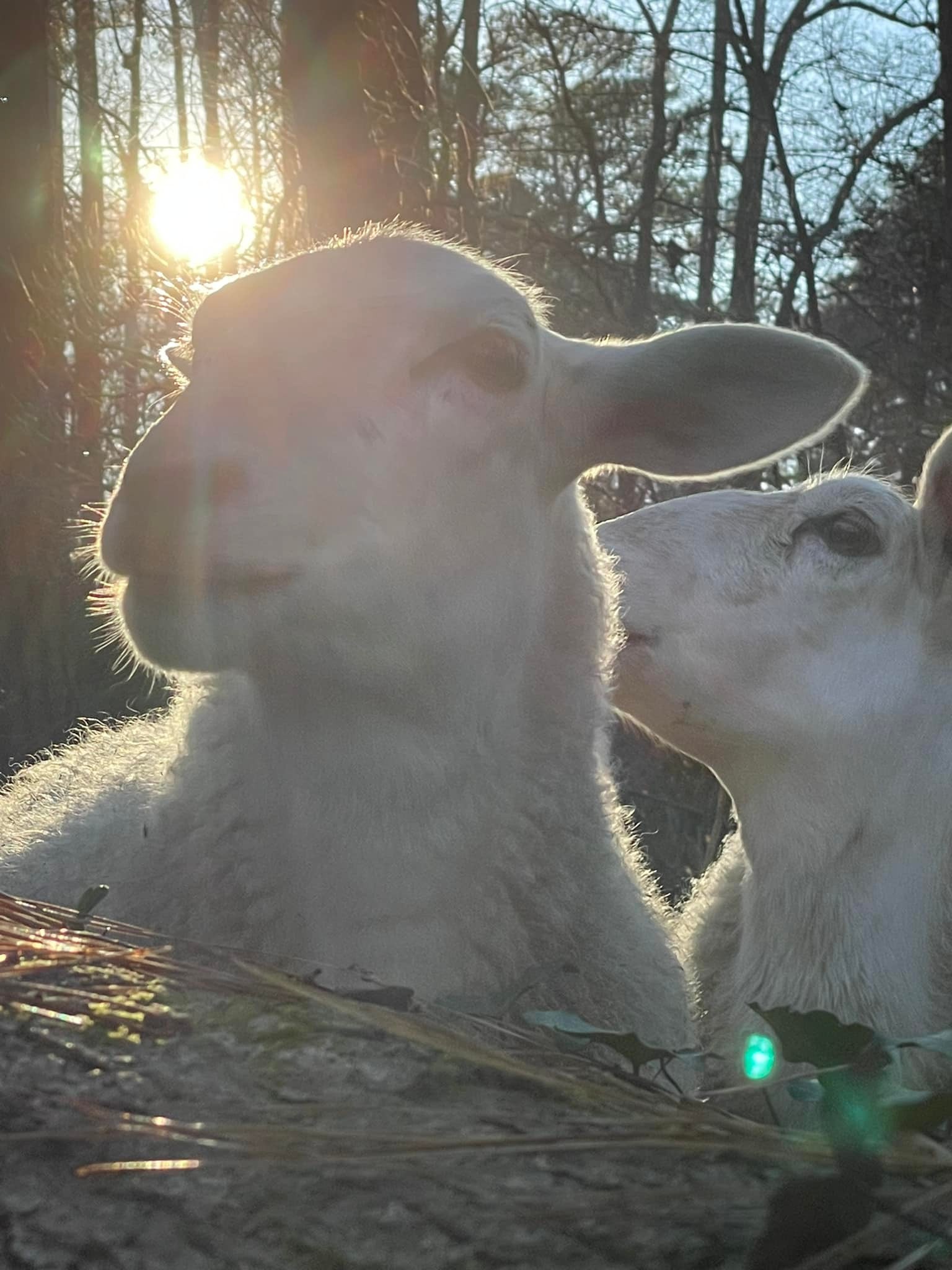
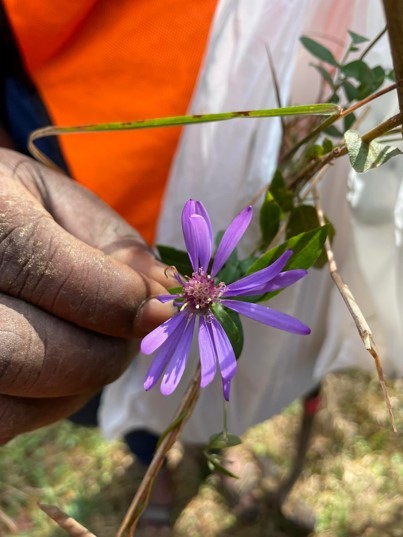
Image Credits:
Yellow passionflower with passionflower bee: Rebecca Sealand Orange Jewelweed: Josiah Patrick Picture of Joe: Bacon Bonnie Dotson Wasp on passionflower: Stephen Ramsden Picture of Josiah with rescued plant and the sheep picture were taken by me (Joe Sexton)













